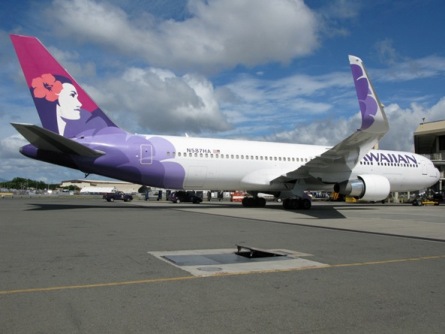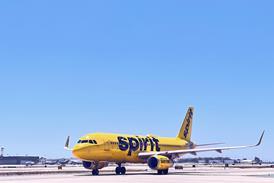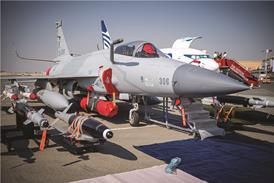Hawaiian Airlines has installed blended winglets on its first Boeing 767-300ER following FAA certification of the 767 modification.
The airline expects to complete installation on seven other aircraft by summer 2010, per a September 2008 deal with Aviation Partners Boeing.
Winglets smooth out airflow across the upper wing near the tip, which results in reduced drag and also decreases the amount of thrust required to operate an aircraft at the same speed.
 |
|---|
© Hawaiian Airlines |
Hawaiian expects to save between 700USgal (2,649.8 litres) and 800USgal (3,028.3 litres) of fuel for every roundtrip between the West Coast and Hawaii, or roughly 2 million USgal (7.6 million litres) of fuel per year.
In addition, the winglets are expected to reduce carbon dioxide emissions by 2,250 tons per aircraft per year, or nearly 18,000 tons annually once all eight aircraft are equipped with winglets.
Wings fitted with winglets also produce more aerodynamic lift, which will allow Hawaiian's 767s to carry between 10,000lb (4,535.9kg) and 15,000lb (6 803.9kg) additional payload on certain weight-restricted flights.
The carrier will also use winglets on its forthcoming fleet of new Airbus A330 aircraft, which will be delivered starting in April 2010 with factory-installed winglets.
Source: Air Transport Intelligence news























